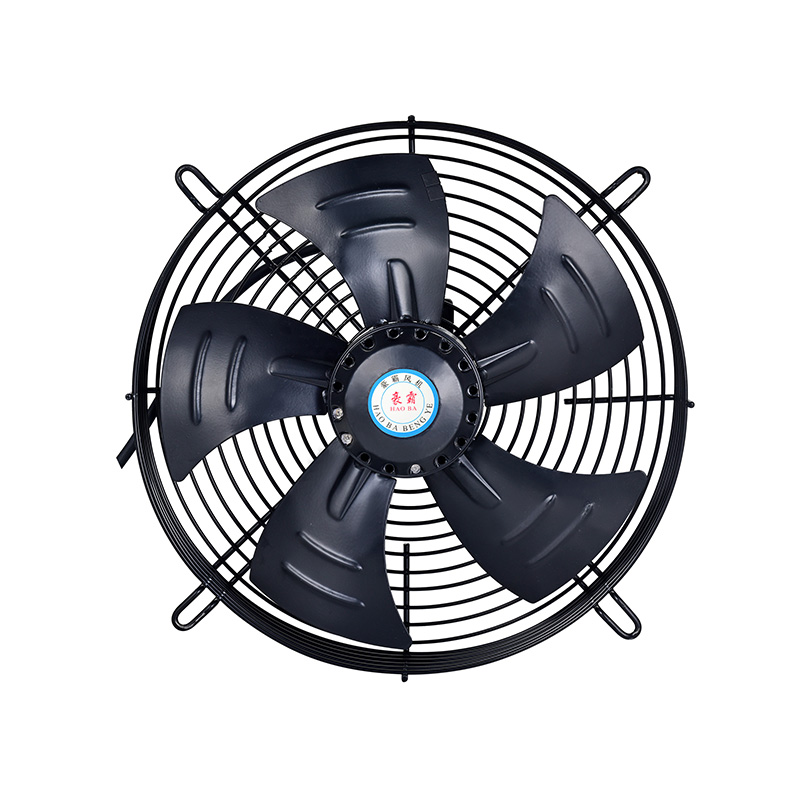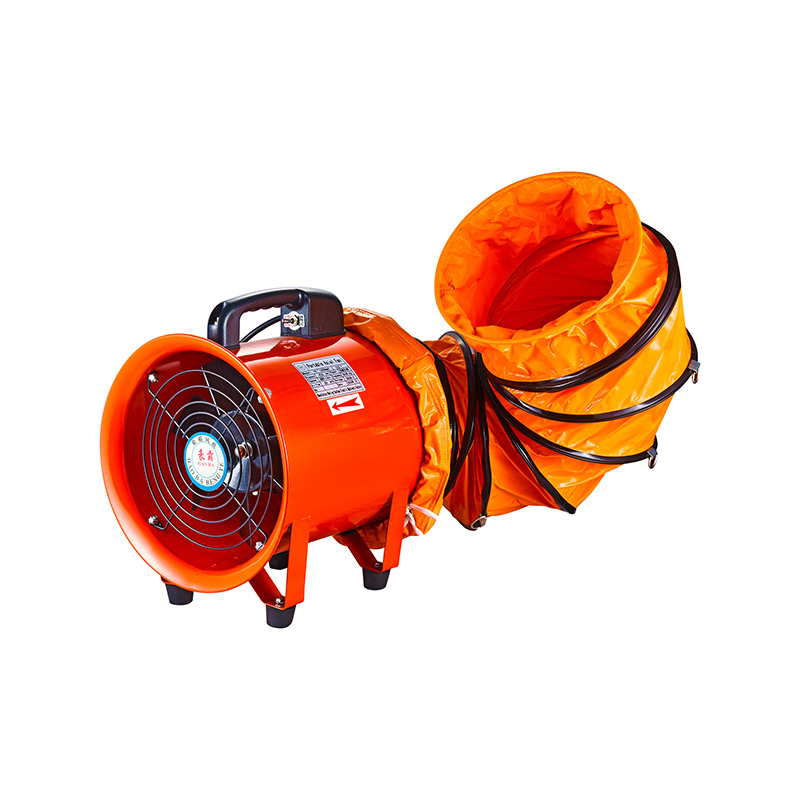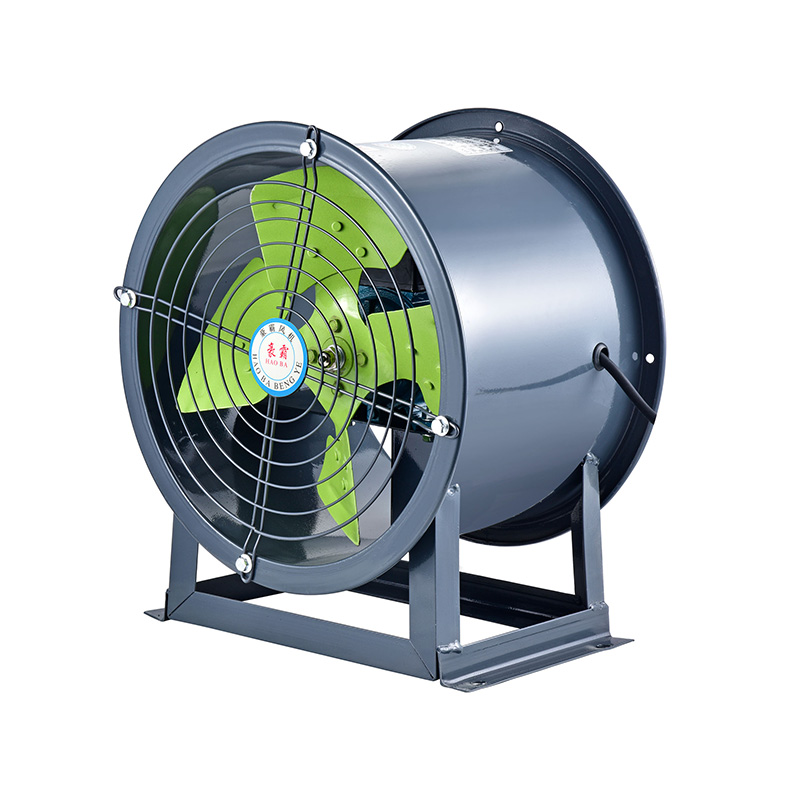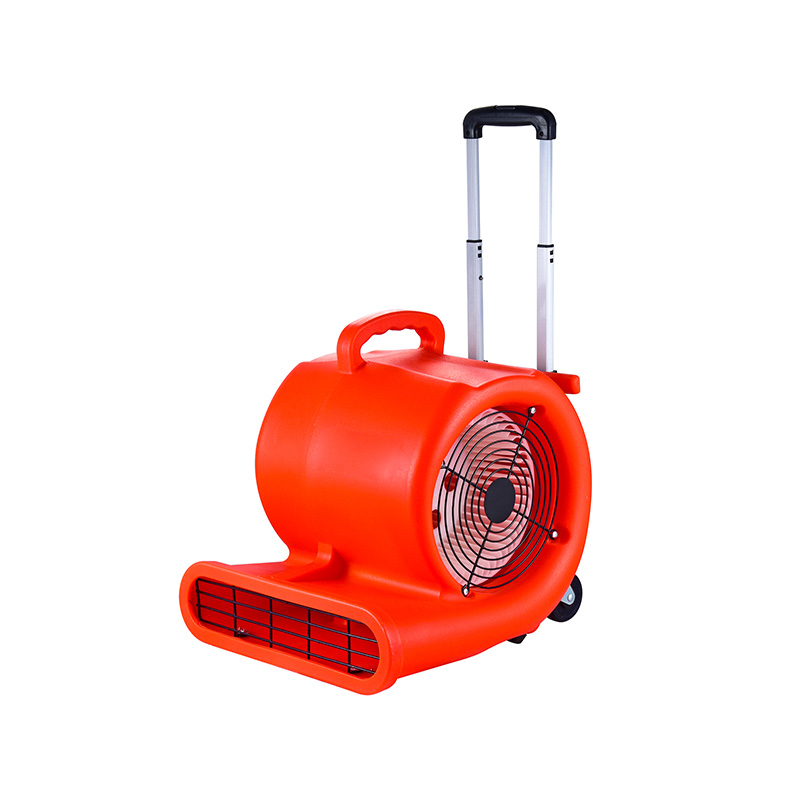How Fan Speed Control Contributes To Energy Savings
2025-07-08
In industrial and commercial settings, ventilation plays a crucial role in maintaining air quality and controlling temperature. Among the various types of ventilation equipment, large axial fans, exhaust fan and ventilation fan are widely used to move air efficiently in different environments. One component that significantly impacts the performance and energy consumption of these systems is fan speed control. Understanding how adjusting the speed of fans, including large axial fans and air roof ventilators, contributes to energy savings is essential for both facility managers and engineers aiming to reduce operational costs and environmental impact.

Large axial fans are known for their ability to move high volumes of air with relatively low pressure. They are often installed in factories, warehouses, and other large spaces where significant airflow is required. Without speed control, these fans often operate at a constant speed, regardless of the actual demand for ventilation. This constant operation can lead to unnecessary energy consumption. By incorporating variable speed drives (VSDs) or similar control mechanisms, the speed of large axial fans can be adjusted according to real-time ventilation needs, reducing the energy used when full airflow is not required.
Exhaust fans and ventilation fans serve vital roles in removing stale air, fumes, and excess heat from indoor spaces. These fans are typically found in kitchens, manufacturing plants, and commercial buildings. Like large axial fans, exhaust fans and ventilation fans often operate continuously, even during periods when airflow demand is low. Speed control technology enables these fans to run at lower speeds during off-peak hours or when environmental sensors detect that less ventilation is necessary. This targeted operation wastes less energy while still maintaining adequate air quality.
Air roof ventilators are commonly installed on rooftops to provide natural or mechanical ventilation for industrial buildings. They work alongside other ventilation equipment, such as exhaust fans and large axial fans, to facilitate airflow and temperature regulation. Speed control of air roof ventilators can optimize their efficiency, especially when external weather conditions vary. For example, during cooler periods, the speed can be reduced without compromising ventilation, pilot in significant energy savings over time.
One key advantage of fan speed control is the ability to match ventilation output with actual demand. Airflow requirements fluctuate throughout the day based on occupancy, production levels, and outdoor conditions. Large axial fans without speed control run at full speed continuously, consuming more power than needed during low-demand periods. In contrast, adjusting fan speed allows the system to operate closer to the real airflow requirement, reducing electrical consumption and wear on fan components.
Another important aspect is the reduction of mechanical stress on the fans. When large axial fans, exhaust fans, and ventilation fans run at lower speeds, the components experience less vibration and strain. This not only extends the lifespan of the equipment but also contributes indirectly to energy savings by avoiding frequent repairs or replacements. Additionally, fans running at controlled speeds tend to produce less noise, which can improve the working environment.
Energy savings achieved through fan speed control can be substantial. Studies and practical applications have demonstrated that even a small reduction in fan speed can lead to a large decrease in energy consumption because the power needed by a fan varies roughly with the cube of its speed. Therefore, reducing the speed of large axial fans, exhaust fans, and air roof ventilators by a fraction can result in significant electricity savings, which is beneficial for both operating budgets and sustainability goals.
In many cases, the implementation of fan speed control can be integrated with building management systems. This allows for automated adjustments based on temperature, humidity, or air quality sensors, ensuring that ventilation fans operate efficiently without manual intervention. Such automation is particularly valuable for managing air roof ventilators and large axial fans in large facilities where continuous monitoring would be impractical.
To summarize, fan speed control plays a crucial role in reducing energy consumption in ventilation systems. Whether it is large axial fans moving air through expansive areas, exhaust fans and ventilation fans clearing unwanted fumes, or air roof ventilators assisting with natural airflow, the ability to regulate speed according to demand leads to improved energy efficiency. By less unnecessary operations at full speed, facilities can lower electricity costs, reduce mechanical wear, and contribute to a more sustainable environment.

 English
English русский
русский عربى
عربى









